Have you ever dreamed of watching deserts roll into mountains or sipping tea as unfamiliar skylines appear beyond your window? A train trip across Asia is more than a journey — it’s a cultural immersion through landscapes, languages, and time zones. Unlike air travel, trains move at a pace that lets you absorb the beauty of the continent with all your senses. From lush jungle corridors to futuristic bullet trains, Asia’s railways connect not just cities, but stories.
There’s a unique romance to riding the rails. It’s slower than flying, yes, but that’s exactly the point. Train travel lets you watch cultures shift outside your window, hear languages change at station stops, and see terrain morph from mountains to meadows. Moreover, it’s one of the most sustainable ways to travel long distances. You’ll also discover that trains in Asia range from ultramodern to vintage — giving you variety in both speed and style.
What Routes Should You Consider?
Asia’s vastness offers something for every kind of traveler. Some routes are fast and urban; others are slow, scenic, and soulful. Here are several standout journeys that balance comfort, culture, and visual splendor:
- Trans-Siberian Railway – Travel from Moscow to Beijing via Mongolia, a journey spanning 9,000+ kilometers and multiple time zones. Stop in Irkutsk to see Lake Baikal.
- Eastern & Oriental Express – For those with a taste for elegance, this luxury line travels from Singapore to Bangkok in colonial-era carriages with full dining service.
- Reunification Express (Vietnam) – This coastal line connects Hanoi and Ho Chi Minh City, offering both affordable and sleeper-class tickets with dramatic ocean views.
- Shinkansen Network (Japan) – Known for speed and punctuality, Japan’s bullet trains are perfect for city-hopping across Tokyo, Kyoto, Osaka, and beyond.
- China-Laos Railway – A newly opened high-speed corridor that links Kunming with Vientiane, unlocking the heart of mainland Southeast Asia.

Visas, Borders, And Booking Tips
Cross-border travel means different visa requirements. While Southeast Asian countries often allow visa-free travel for short stays, destinations like China, Russia, and India may require pre-approved documentation. Therefore, always check visa rules for each leg of your journey.
For booking, each country uses different systems. Japan and India have robust national portals, while countries like Thailand and Laos rely more on local agencies. To simplify planning, try multi-country platforms such as 12Go Asia or research specific rail insights at Seat61.
- IRCTC – Indian Railways booking platform
- Japan Rail Pass – A time-saving essential for multiple Shinkansen trips
What To Pack For An Asian Train Journey
Packing depends on the route — a luxury train from Bangkok is not the same as a local ride in rural India. Nevertheless, there are a few universal essentials:
- A power bank and universal charger
- Offline maps and translation apps
- Water bottle and snacks (especially for long hauls)
- Lightweight blanket or scarf for AC trains
- Small toiletries and hand sanitizer
- Copies of your passport, tickets, and visas
Don’t overpack — train cabins can be tight, especially in older or budget classes. Keep valuables close and avoid flashy gear.
Onboard Culture: What To Expect
Train etiquette varies across the continent. In Japan, silence is the standard. Phones are kept on vibrate, and conversations stay hushed. Conversely, on Indian or Vietnamese trains, you may be offered snacks by fellow passengers or hear a friendly debate across rows. Cultural awareness goes a long way — mimic locals, ask before photographing others, and always thank the train staff.
As a rule of thumb, pack patience. Delays can happen, especially in rural or mountainous regions. But those unexpected moments often become the best stories.
Do You Need A Rail Pass?
Rail passes can be huge money-savers. In Japan, the Japan Rail Pass pays off quickly if you’re city-hopping. In China and India, there’s no national rail pass, but buying multiple tickets in advance can still be budget-friendly.
For Southeast Asia, where online infrastructure is weaker, booking via 12Go Asia helps consolidate routes and manage ticketing logistics. Some sleeper trains also fill quickly — reserve early, especially during holidays or festivals.

Capturing The Journey
Train windows frame the continent like moving postcards. You’ll pass misty tea hills, ancient temples, glittering skylines, and windswept plains — often within a single day. Bring a decent camera or smartphone, but don’t live behind the lens. Sometimes, the best way to experience the view is simply to sit back and watch it go by.
Keep a journal too. Whether handwritten or digital, jotting down brief reflections, names of people you meet, or sketches of a station platform can turn into a powerful souvenir later on. A train trip across Asia isn’t just travel — it’s transformation. With each border you cross, you gain a new lens on life. It teaches you to slow down, to observe, and to connect. You’ll exit the train not only with photos, but with stories, habits, and a sense of how big — and intimate — this continent truly is.
Have you experienced train travel across Asia? Share your favorite rail memories in the comments. And if you’re planning your first Train Trip Across Asia, tag us on social — we’d love to follow your journey from track to trail. Want more overland routes and insider tips? Follow us for the best of slow travel, scenic railways, and globe-spanning adventures by train.
Catch up on the top stories and travel deals by subscribing to our newsletter!

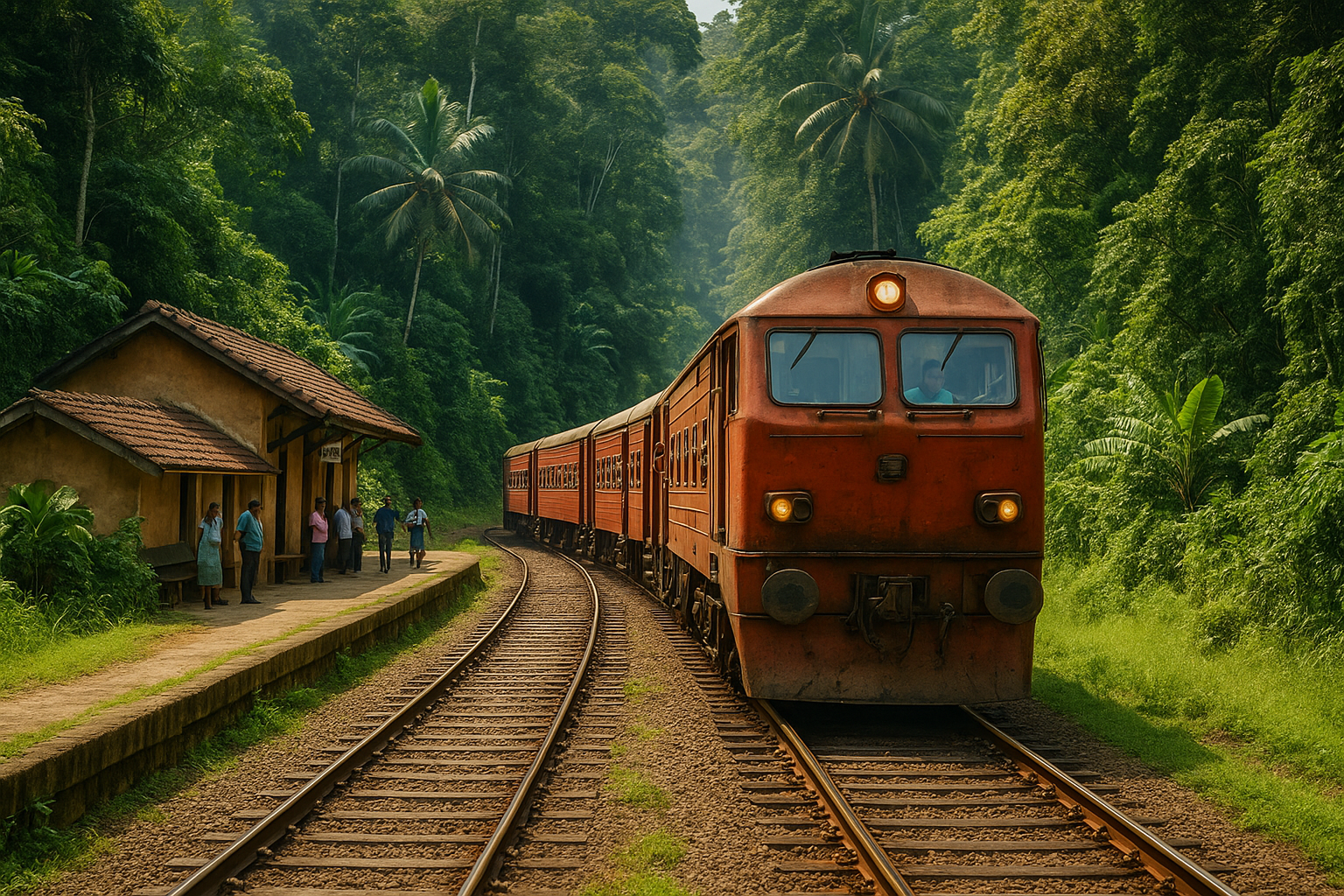

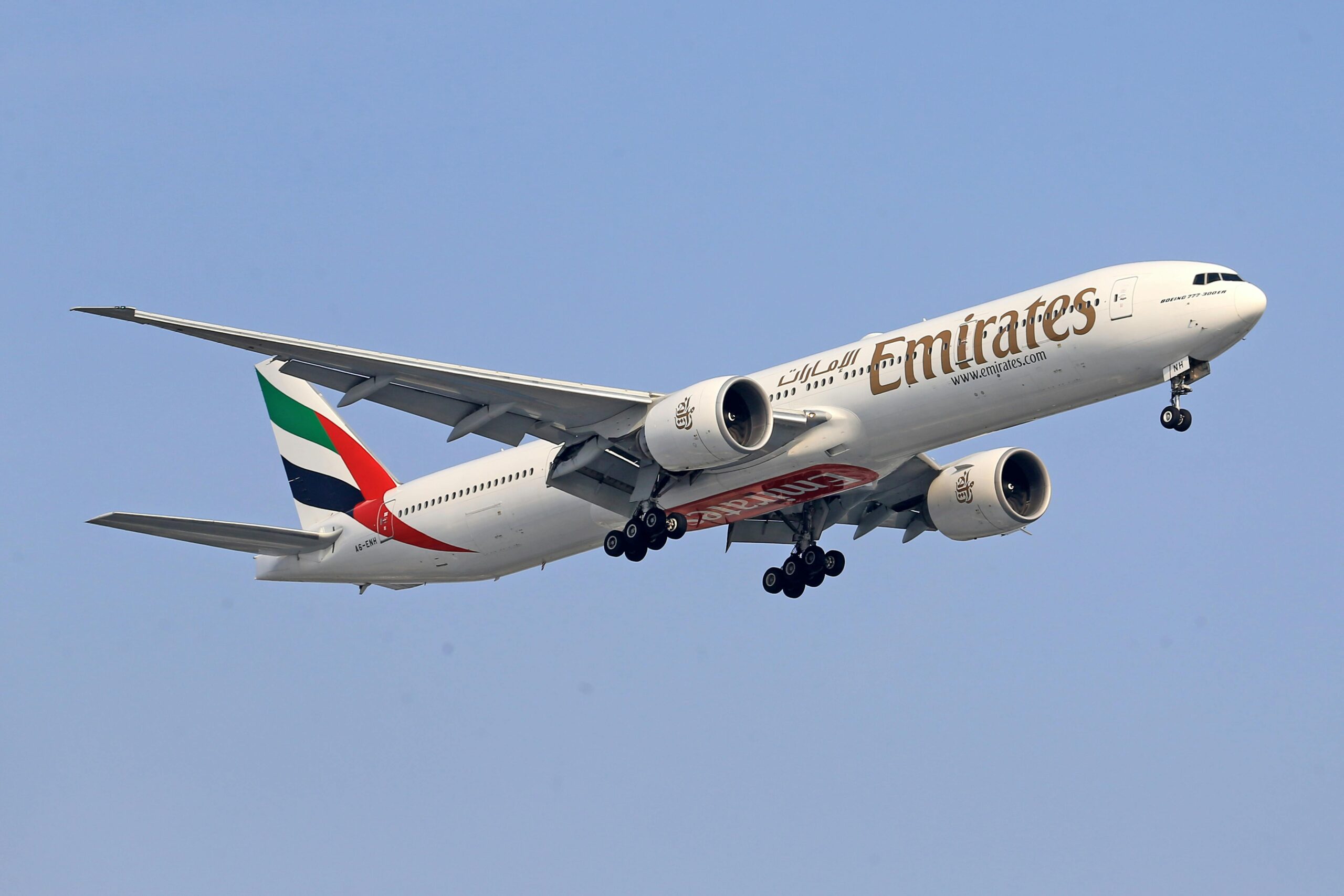
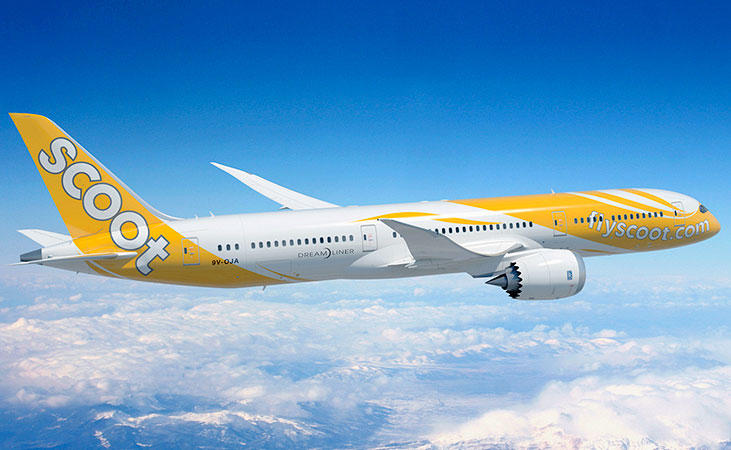
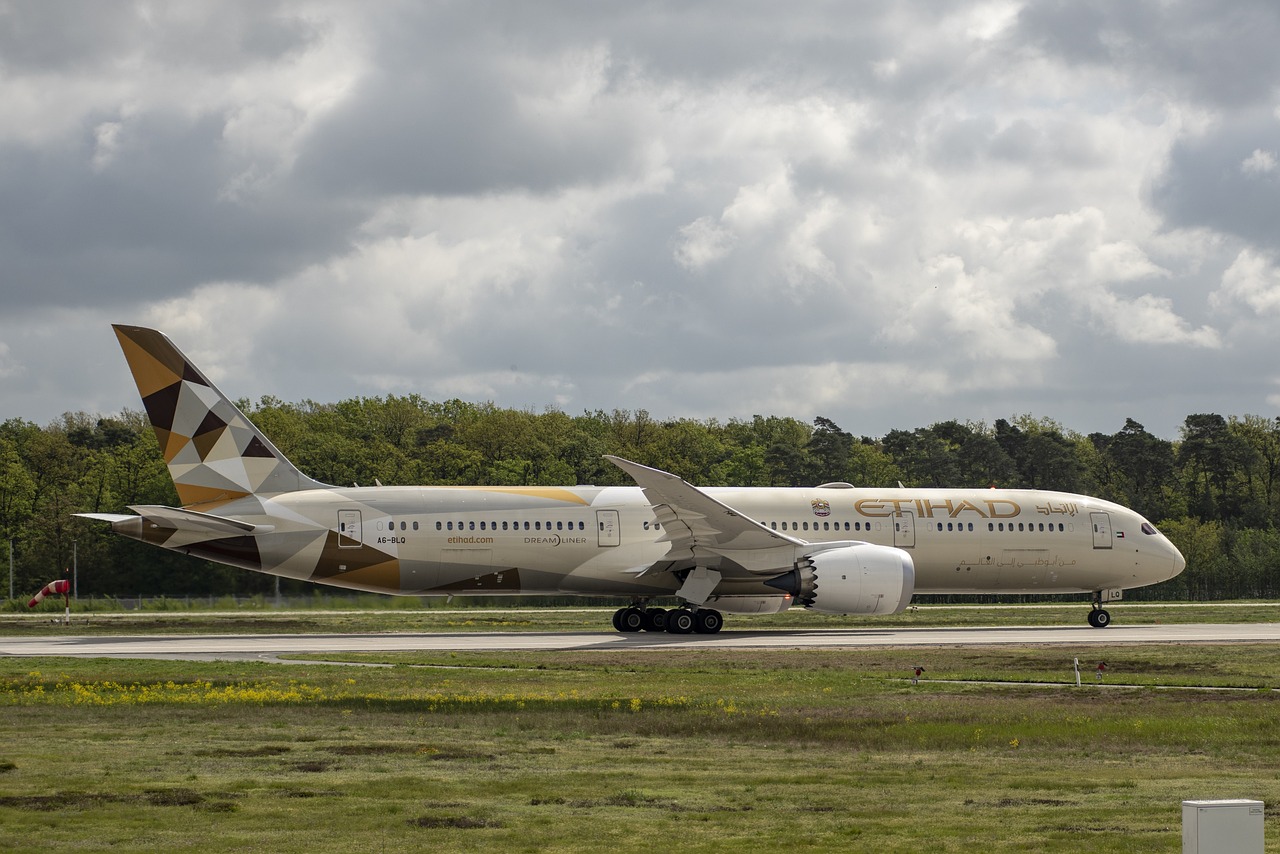
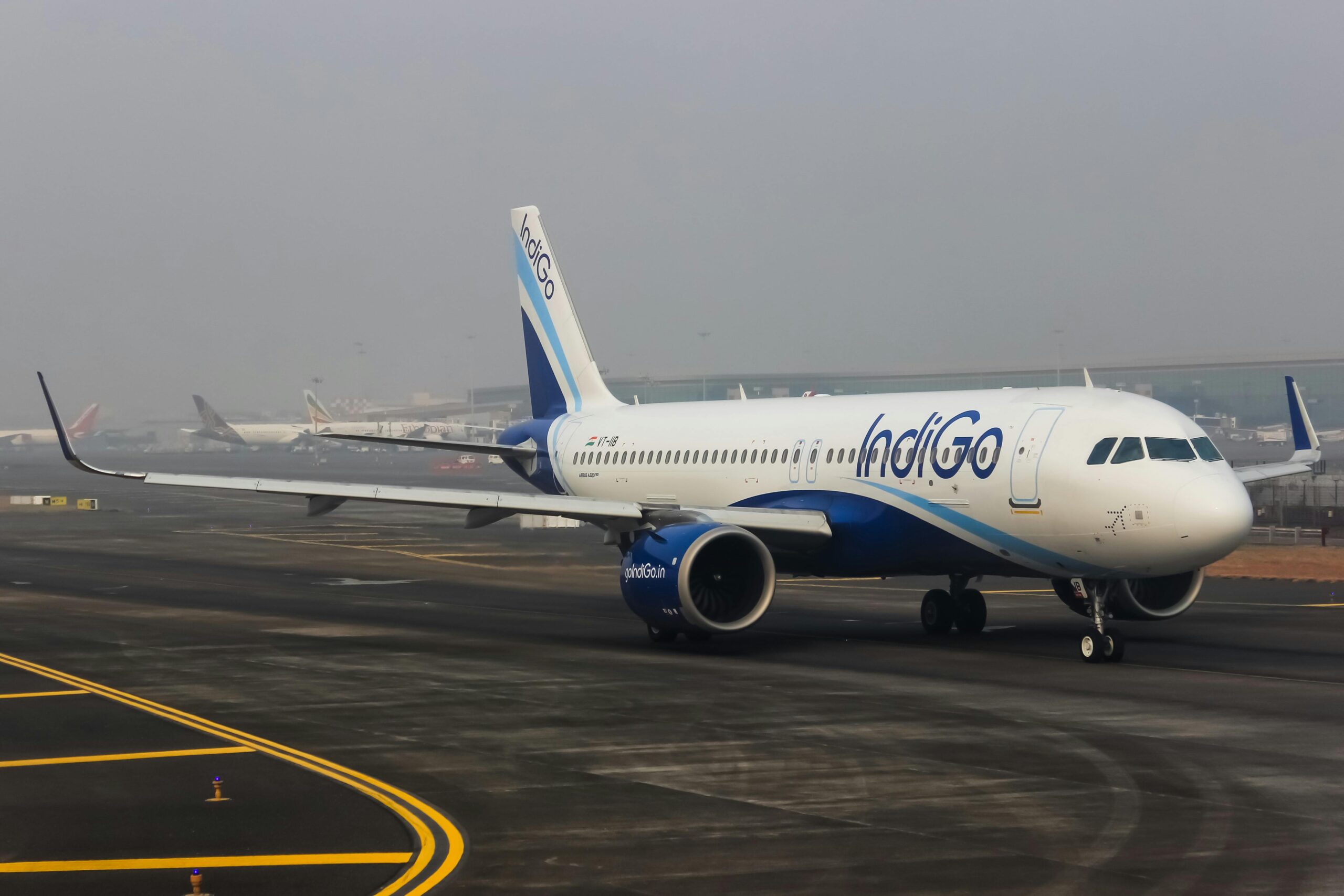
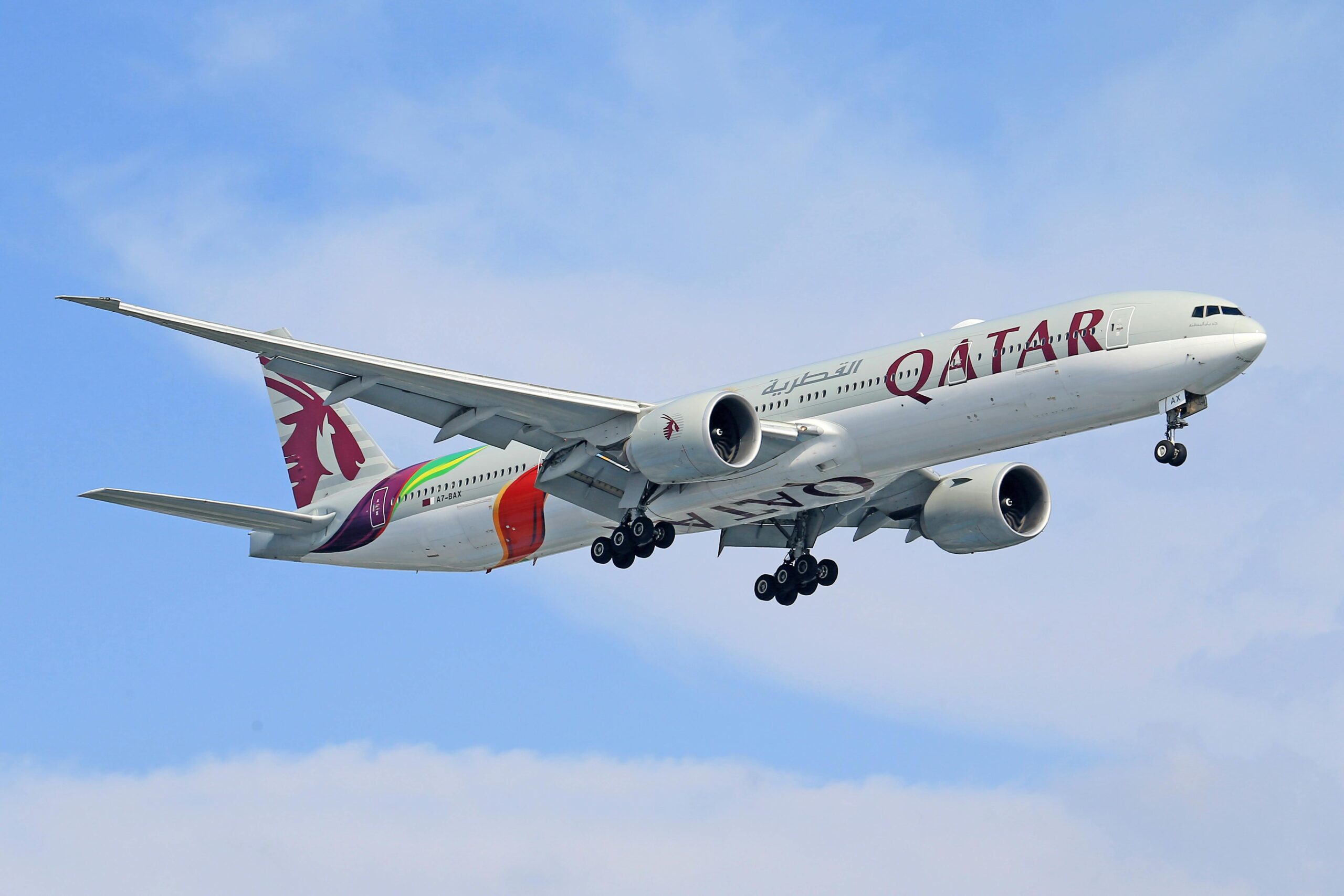

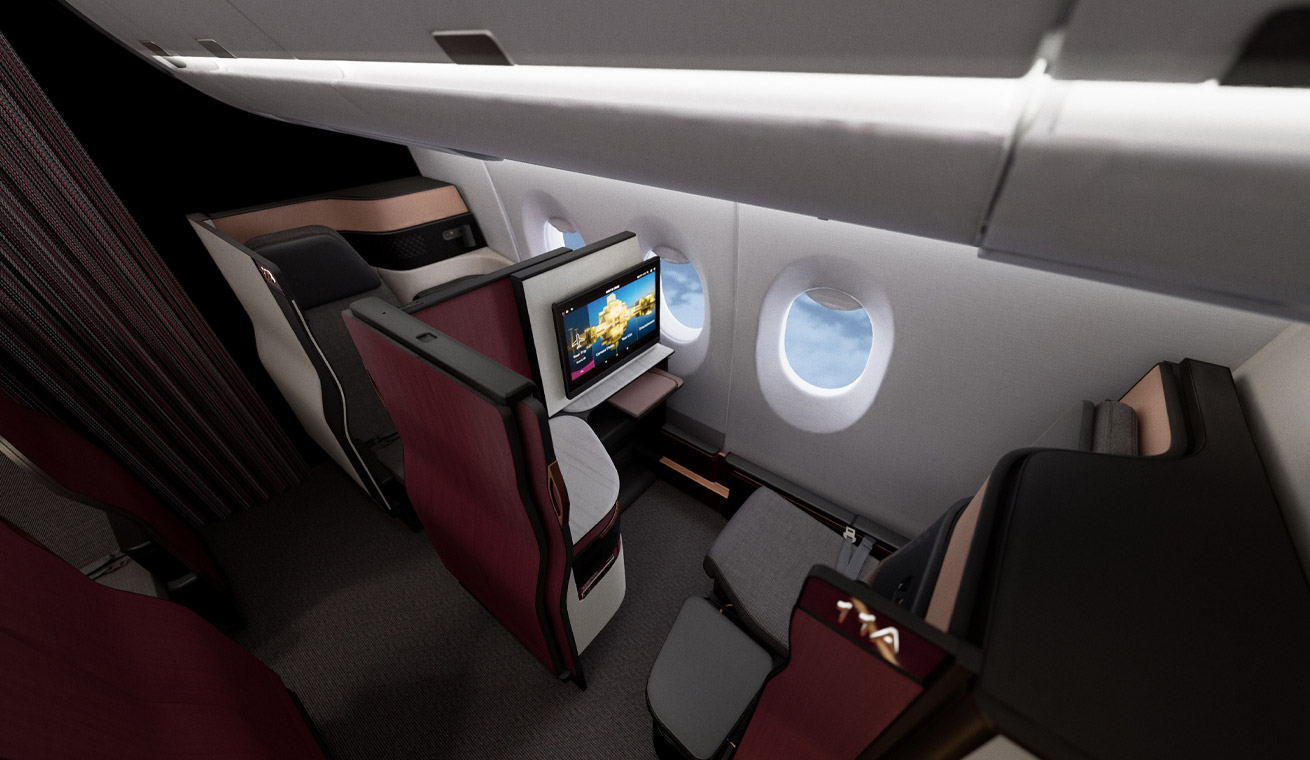


Leave a Reply